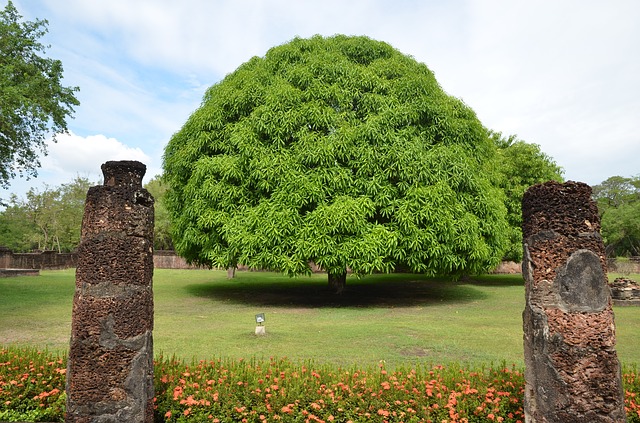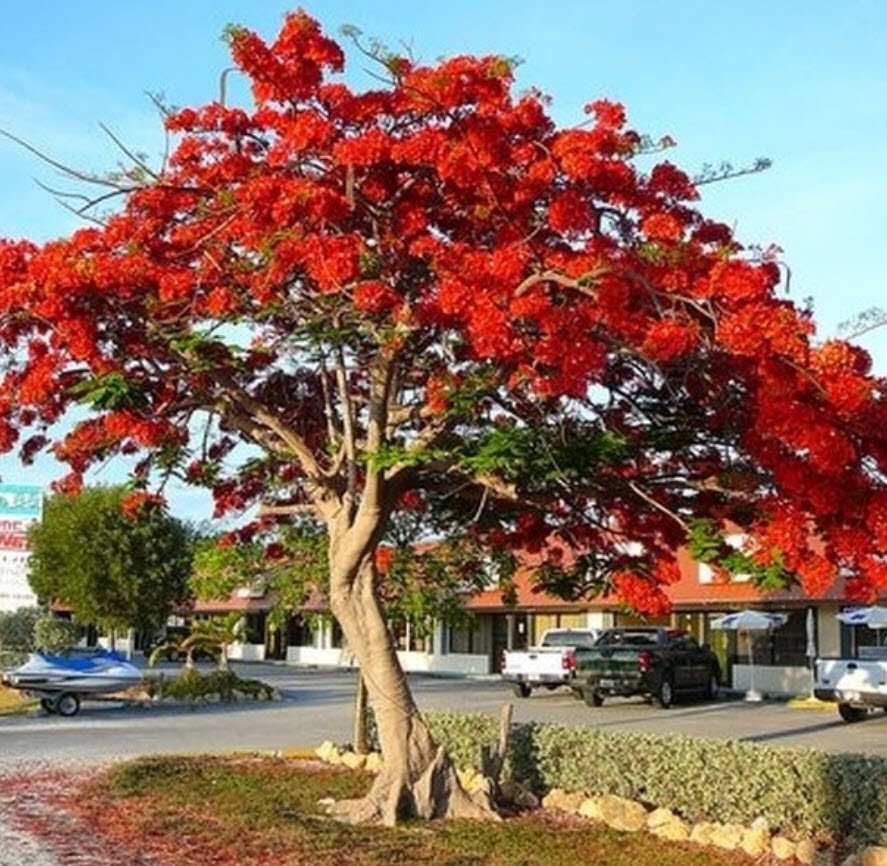Trees have a wide variety of growth habits and that diversity can add special interest to any landscape. Knowing the shape of a tree is an important facet when choosing a new tree to plant in the landscape.
Classifying tree shapes doesn’t always depend on a tree’s silhouette, but on the manner in which the branches grow. The trick is matching the shape and growth habit with the landscape environment. Different varieties within the same species can also demonstrate varying shapes. Those are just some of the reasons why it pays to consult with a landscaping expert for guidance.
Columnar
These grow in same shape as the name implies. Columnar trees present a formal appearance and are tidy with uniform branch lengths. Examples are arborvitae, Lombardy poplar, Italian cypress, some junipers, and Japanese holly. There are also specially developed columnar fruit trees.
Fastigiate
The branches in this group of trees appear to grow vertically or almost horizontally to the trunk. They tend to be tall, narrow and erect in growth. Some junipers and yews are in this grouping, along with thujas of the cypress family.
Globe/Round
Regular, rounded tops are the earmarks of these trees. When planted in rows along a drive they provide a stately appearance. A good example is the Black maple and some flowering dogwoods fit the classification.
Horizontal
These trees tend to be massive in size and often have a blocky appearance. The branches are horizontal along the entire trunk and can overwhelm small environments. Red and White oaks and Red cedars are some examples.
Open-Headed/Irregular
The trees in this group often have no exact or definable shape. A good example is the honey mesquite.
Oval
Trees with oval shaped heads are often lumped into the same category as those with rounded heads. Examples include green mountain ash, Bradford pear, and Norway maples.
Pyramidal/Cone
This is a very large grouping that includes conifers and deciduous trees. They can create a dramatic effect in the landscape. The Dawn redwood, Colorado blue spruce, some cedars and cypresses.
Umbrella
An umbrella-shaped tree is exactly like it sounds and resembles an open umbrella. Acacias, Japanese maples, and palo verdes are in this category.
Vase
These trees are small at the bottom and open up gracefully like a vase at the top. They provide shade without inhibiting the headroom of those walking beneath them. Crape myrtles, redbuds, and American elms are good examples.
Weeping
Willows are the most expressive example of this category, though there are also a variety of other species that exhibit the weeping growth habit that includes some birches, cherries, hemlock, and weeping white pine.
RCH Landscaping is a full service landscape company based in Boca Raton, Florida. We design, install, and maintain Commercial and Residential landscapes all around Boca Raton, Delray Beach and The Palm Beach areas. Our team of highly skilled landscape technicians have an undisputed track record of creating and maintaining beautiful commercial and residential landscapes all over South Florida.
Contact RCH Landscaping Today for a Free Estimate
561-779-9760


